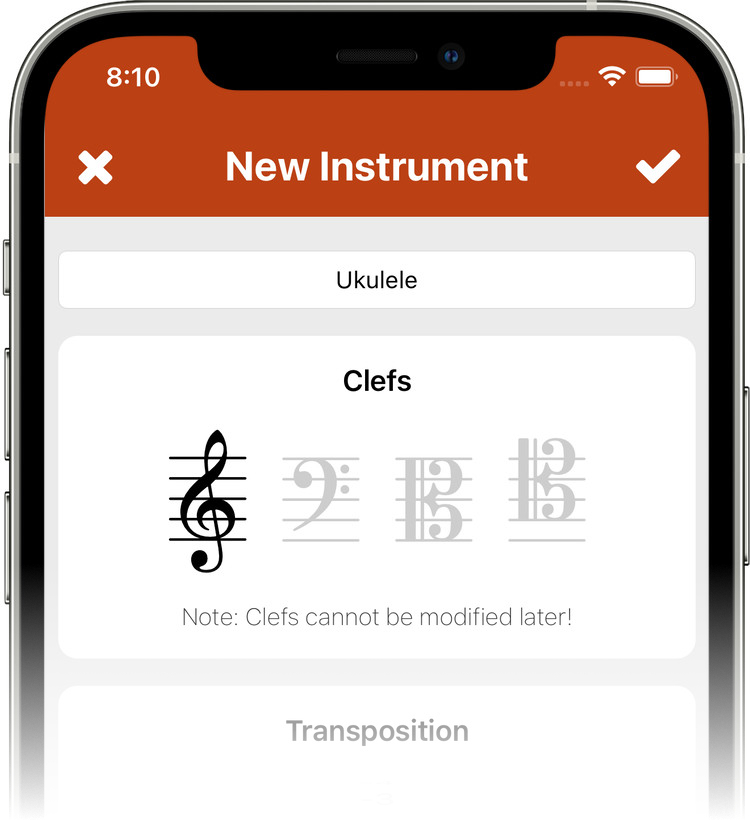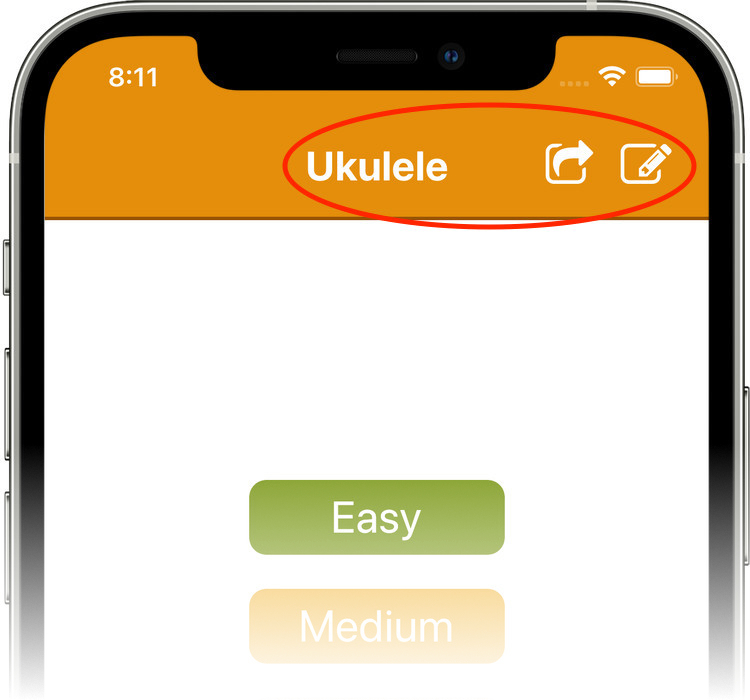Read Music - Faster 4
I am continuously working on enabling more flexible use of my apps. In version 3 of Read Sheet Music, I built in sharing and importing of exercises and added changeable note values. Reading Sheet Music 4 takes the next step down this path. The update is ready and available in the App Store!
Endless game

Time and time again, users have asked me to allow them to remove the time limit. I am personally not a fan of this. In the initial phase of the app, I experimented with different times and observed that all of my students lost concentration after one minute. From my point of view, clearly a good moment for feedback. That's why I decided that 60 seconds would be the best time.
However, since people make mistakes and sometimes rely too much on their opinions, I want to do better and allow those who are not of this persuasion to decide for themselves when to end the game. To do this, simply select "Endless Game" in the settings and you're ready to go. You'll see your scored points as normal during the game, but for the final score, the minute average is calculated so that you have a comparative value to the standard 60 seconds. Since many teachers use the app with their students, I think this makes sense.
Create and share your own instruments
The next feature was a bit more complex to implement. This is also based on the users' desire for more flexibility: creating your own instruments. I had to think long and hard about how best to approach this, and now I'd like to present the solution. However, I do not want to leave unmentioned that this is a feature for advanced users!

In the instrument dialog you first select the category and then you can create a new instrument by clicking on the + symbol in the upper right corner. The following is necessary for this:
- Name of the instrument
- Clef (treble, bass, alto and/or tenor clef)
- Transposition
- Optional: Range

The name is freely definable. The clefs can be combined as desired. Tonmeisters and conductors can, for example, create an "All clefs" instrument and use it to practice for score playing. If a single clef is selected, the main menu with the exercises "Easy", "Medium", " Difficult" and "Extreme" remains. In contrast to the standard instruments, the corresponding exercises have to be created by the user and remain editable. If several clefs are selected, only the menu item " Custom..." is available.
Transposition is a somewhat more difficult subject. Not everyone knows what to do with it and understands what "-2" or "Bb transposition" mean. That's why I tried to put a lot of emphasis on clarity here. You select a transposition with the wheel, e.g. +2 and then get the text "D transposition, when note C is played it sounds like D" as feedback.

The pitch range can be set optionally. For example, you can make sure that a certain note cannot be undercut or exceeded in the exercises.
Sharing instruments - including all exercises created for them - works the same way as sharing exercises.
iPhone in landscape mode
This will especially please users of the MIDI function: once you have selected a game, you can now put the iPhone in landscape mode and place it on the music stand.
In all other windows the portrait format remains optionless. I ask for understanding: every screen (meanwhile there are very many) would have to get a completely new layout. And since my time for development is short, I would rather take care of more significant features instead!